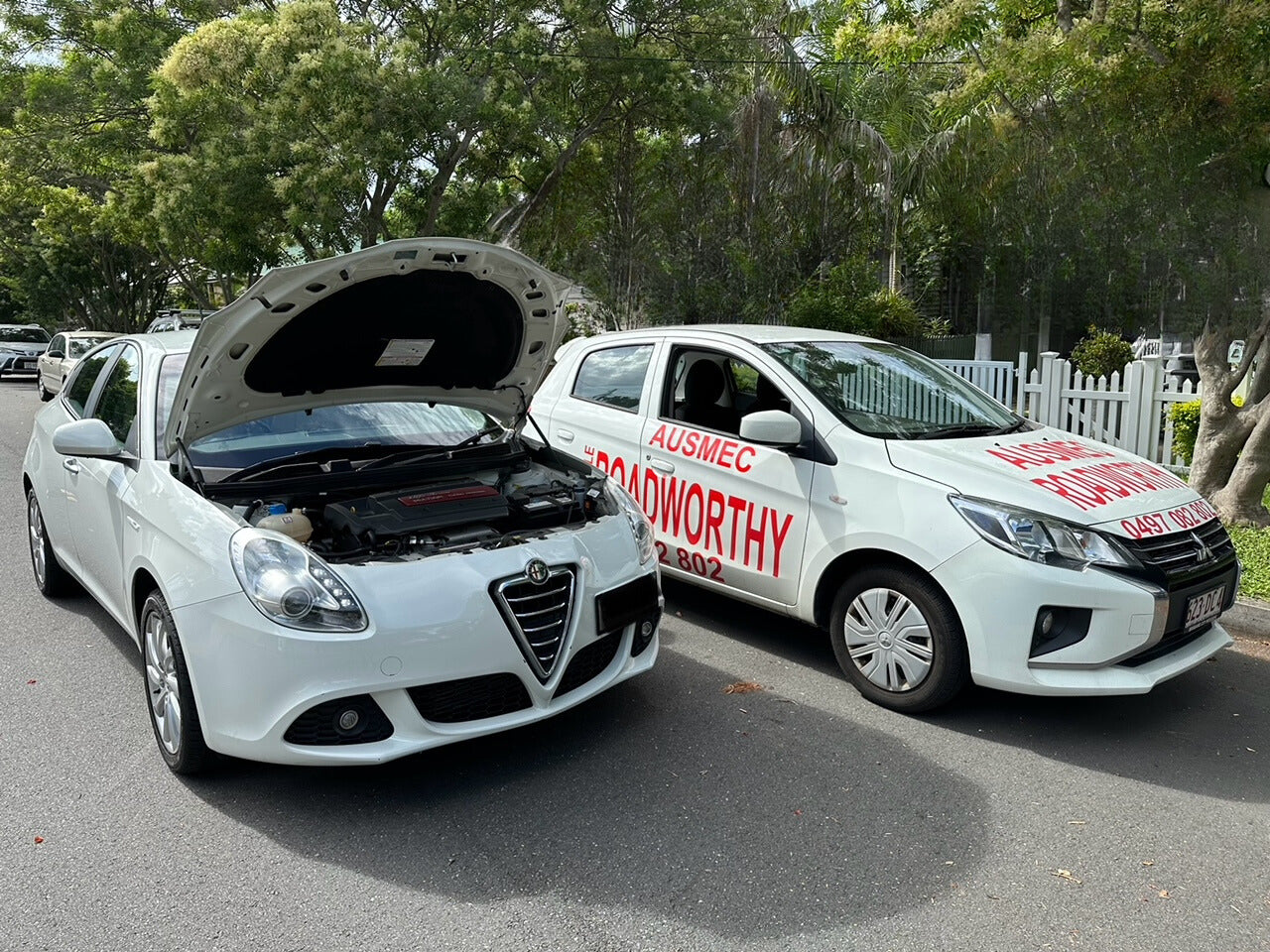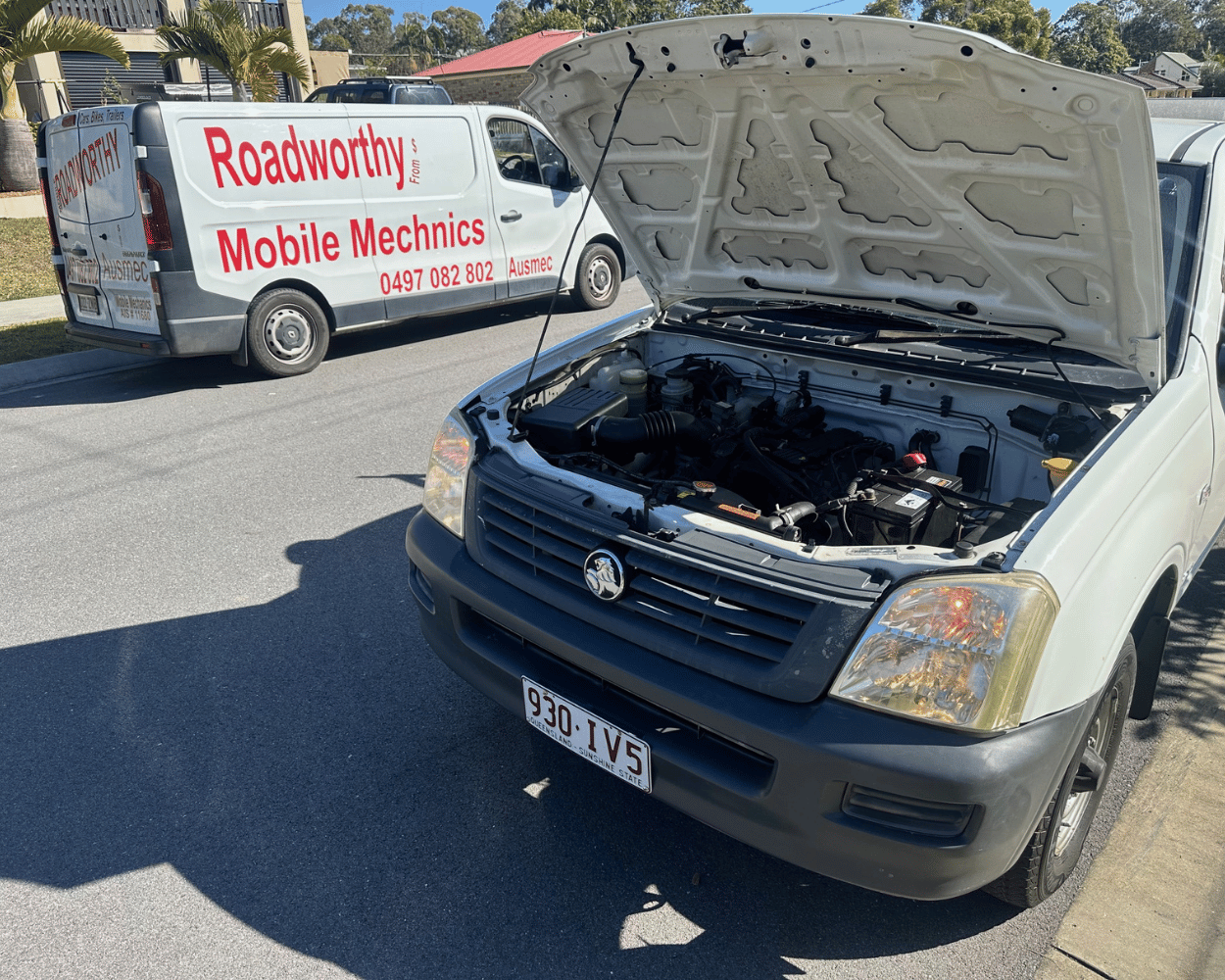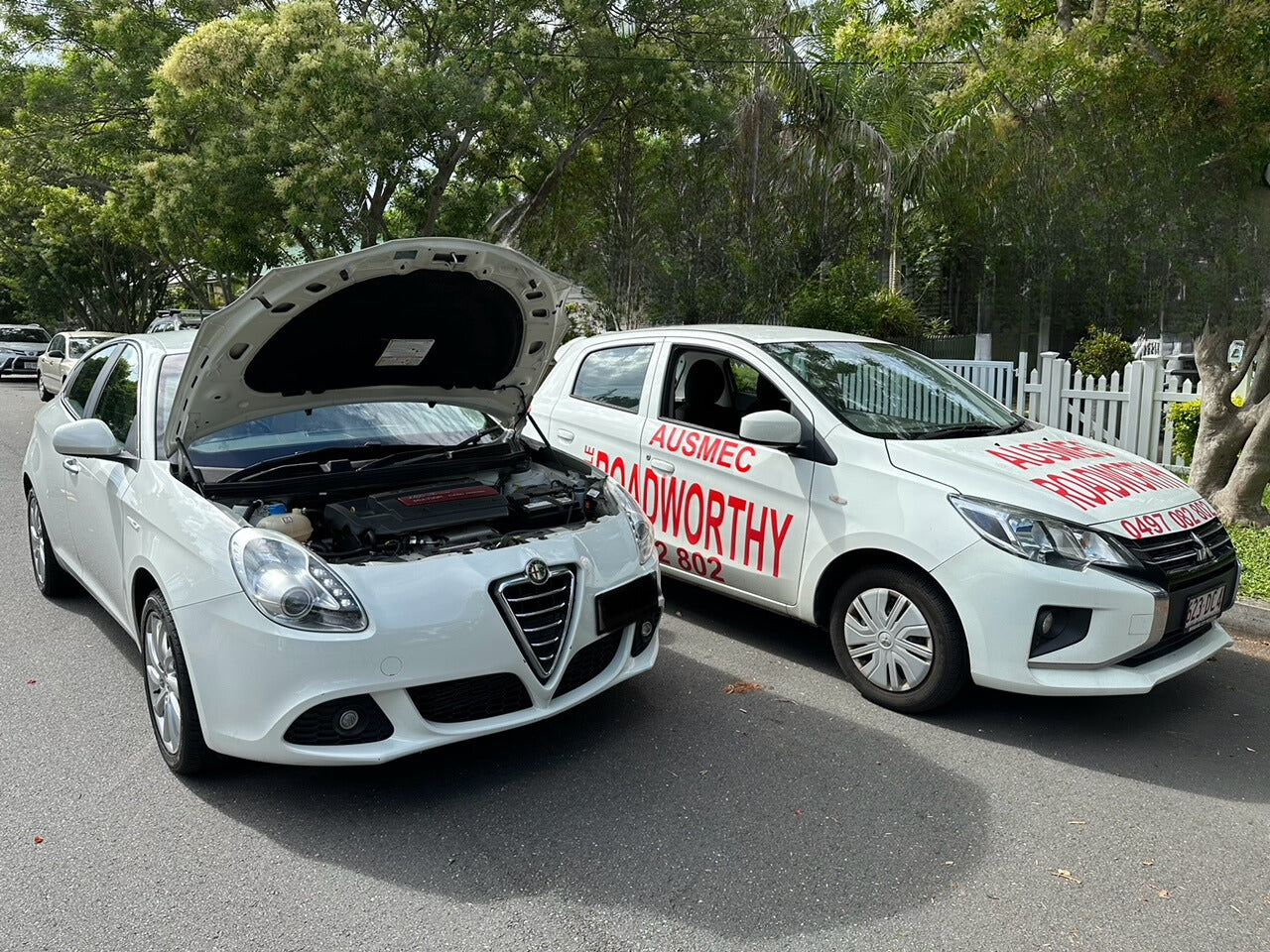Roadworthy Trailers and Caravans Tyres
Summary of Tyre Rejection Reasons in the Queensland LVI Manual
The LVI Manual outlines various reasons why a vehicle's (including trailers) tyres might fail an inspection. Here's a breakdown of the key points:
Improper Tyre Selection or Compatibility (T):
- Incorrect Tyre Type: Tyres must be suitable for the vehicle/trailer and normal road use (T).
- Incompatible Tyres: Tyres on the same axle or rim must be compatible in terms of size, construction (radial vs. bias ply), and load rating (T).
- Insufficient Load Rating: Tyres must meet the minimum load rating specified by the vehicle/trailer manufacturer (T).
- Speed Rating Concerns: The speed rating of any tyre must be sufficient for the vehicle's maximum speed (T).
- Improper Retreads: Retreaded tyres must comply with Australian Standards and be marked with the retreader's identification and load/speed rating (T).
Tyre Wear and Damage (T):
- Insufficient Tread Depth: Tyres must have a minimum tread depth of 1.5mm across the main tread grooves (T).
- Visible Tyre Damage: Cuts, bulges, tread separation, exposed cords, or severe sidewall damage are grounds for rejection (T).
- Internal Tyre Issues: Tyres with perishing, potential case failure, or other signs of internal damage will fail (T).
Tyre Installation and Use (T):
- Incorrect Tyre Size: All tyres on the same axle or rim must be the same size (T).
- Tyre/Rim Mismatch: Tyres must be compatible with the rims they are fitted onto (T).
- Loose or Damaged Wheels: Wheels must be secure and free from cracks, corrosion, or other damage that could compromise safety (T).
- Improper Wheel Studs/Nuts: Incorrect number or type of lug nuts, damaged fasteners, or use of spacer plates not approved by the manufacturer can lead to rejection (T).
- Tyre/Body Contact: Any tyre contacting the vehicle body, suspension components, or other parts during normal travel is a rejection (T).
- Improper Valve Stems: Cracked, damaged, or loose valve stems can compromise air pressure and safety (T).
Tyre Width and Track Variations (LV):
- The LVI Manual specifies limitations on how much wider or narrower replacement tyres can be compared to the manufacturer's original specifications (LV).
- It also restricts how much the vehicle's front or rear wheel track can be increased by changing wheels or tyres (LV).
- These limitations apply to Cars, Car Derivatives, and Off-Road Passenger Vehicles (LV).
Important Note:
- This summary highlights key rejection reasons related to tyres.
- For the most accurate and comprehensive information, refer directly to the relevant sections of the Queensland Light Vehicle Inspection Manual (LVI Manual).
- The LVI Manual might have different requirements for Cars, Car Derivatives, Off-Road Passenger Vehicles, and Trailers.
By ensuring your vehicle's tyres comply with the LVI Manual regulations, you contribute to safe driving practices and minimize the risk of accidents on the road.
Contact form
1
/
of
4
Ausmec Mobile RWC & Mechanics
Mobile Roadworthy (Safety certificate)
Regular price
$145.00
Regular price
Sale price
$145.00
Unit price
/
per
Shipping calculated at checkout.
Share




